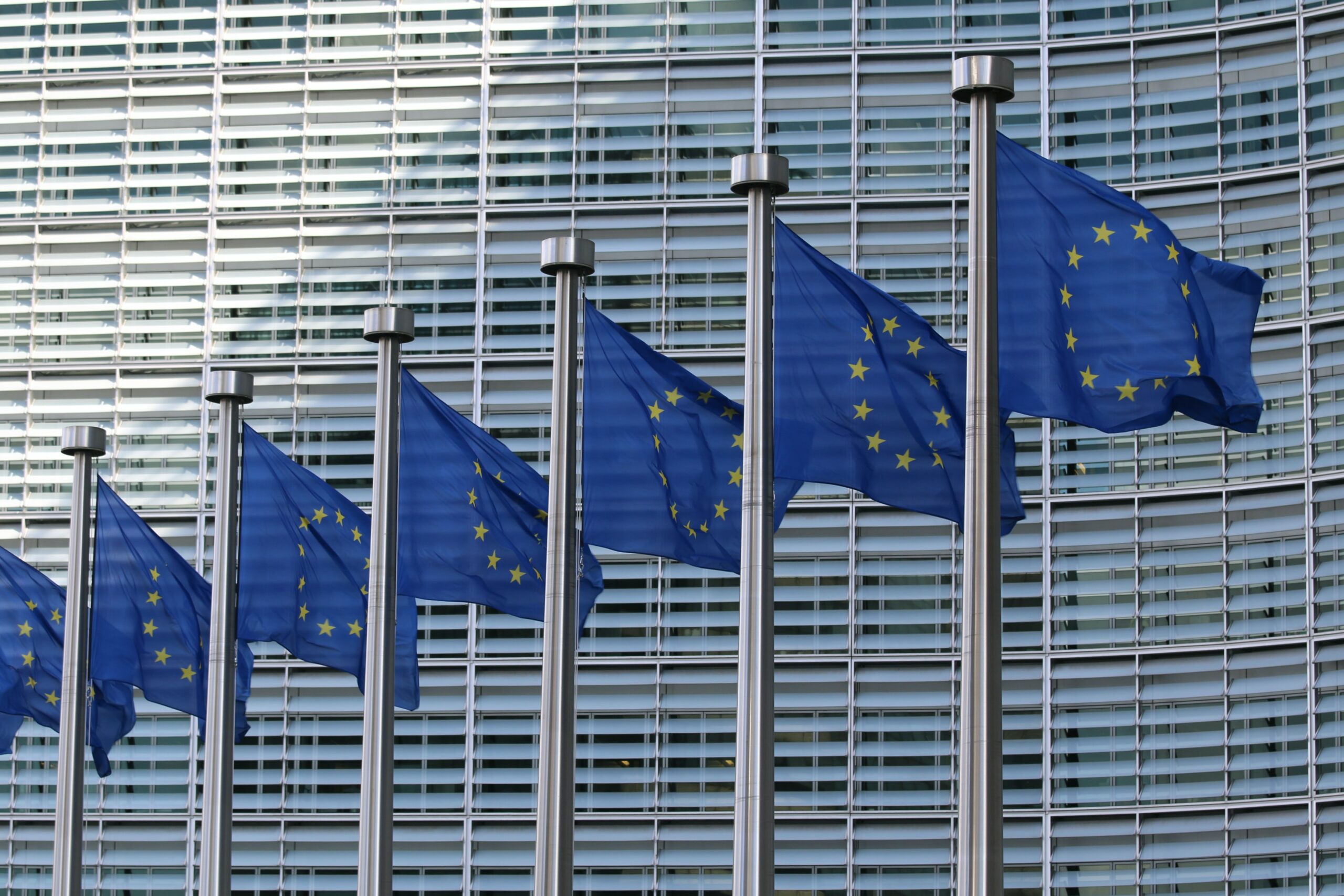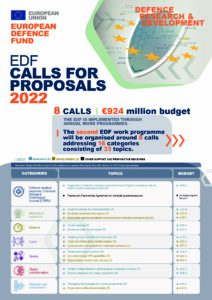The European Defence Fund (EDF) is regularly mentioned to illustrate the initiatives of the European Union aimed at strengthening its strategic autonomy, in particular in the context of the war in Ukraine.
What is it about?
The European Defence Fund (EDF) is a financial instrument created by the European Union in 2017 as part of the Common Security and Defence Policy (CSDP). Published every year, the first call for proposals occurred in 2021.
The EDF aims to strengthen the EU’s ability to respond to the security challenges it faces, by investing in research and development of defence technologies and equipment and by encouraging Member States to cooperate on policy acquisition.
Recent events have highlighted the need for a rapid and coordinated response to a major crisis and underlined the importance of cooperation and solidarity between EU Member States. In a particularly tense context on the international scene, the European Defence Fund must meet several challenges.

